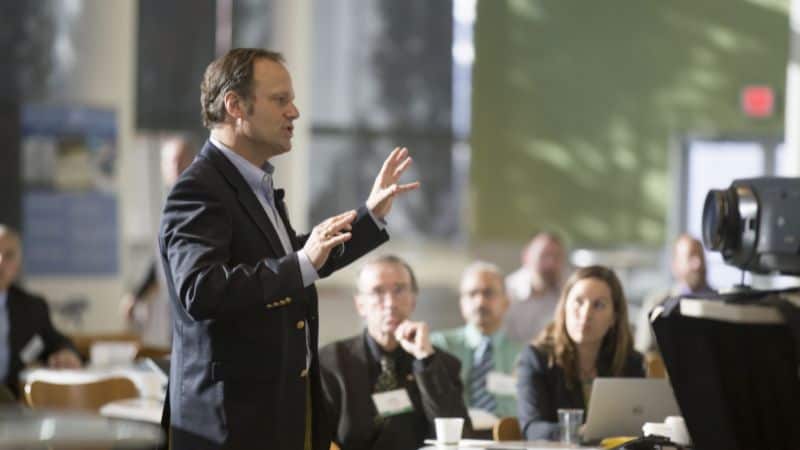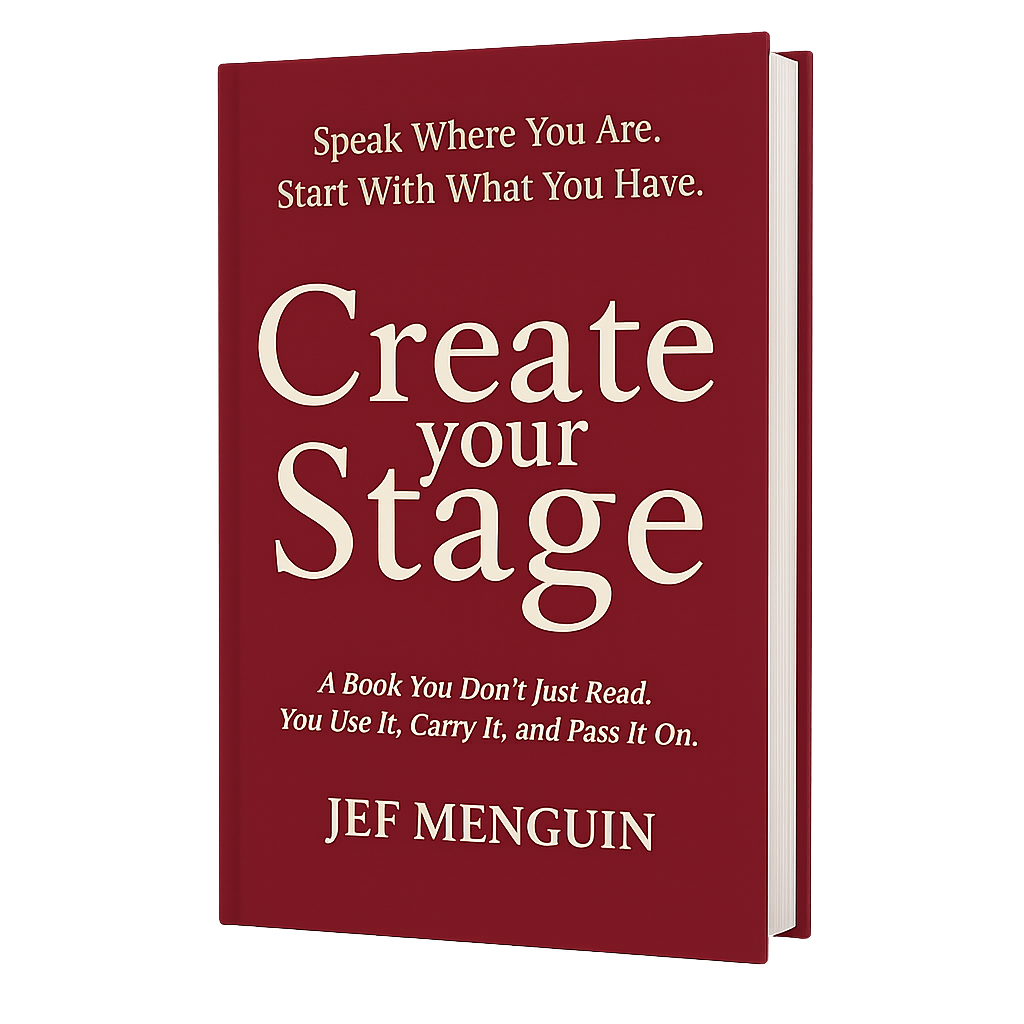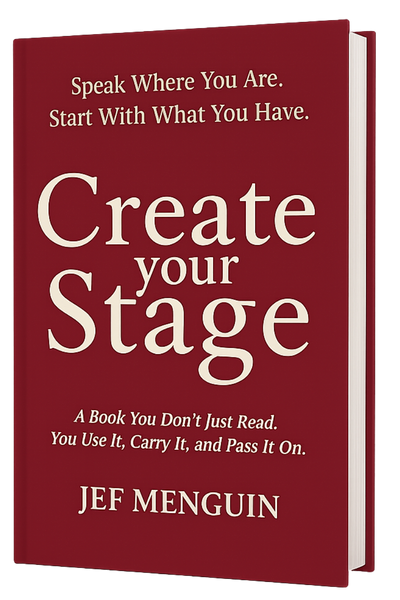Today, I’m going to share a secret with you that’s more powerful than any high-tech presentation tool or public speaking technique you’ve ever come across. It’s about storytelling. Yes, you heard it right. Not just any storytelling, but storytelling that wins hearts, changes minds, and leaves an indelible mark on your audience.
Why do I say, “Whoever tells the best story wins”? Because it’s the truth. In a world bombarded with information, the most memorable message isn’t the one with the most data; it’s the story that resonates emotionally. Let’s break down this art into four simple, killer points.
1. Stories Connect on a Human Level
First things first, stories are how we connect. From the campfires of ancient times to the boardrooms of today, stories are the glue in human relationships. Why? Because stories speak to the heart. When you tell a story, you’re not just sharing information; you’re inviting your audience into your world. You’re bridging gaps. Remember, the strongest connections are built on shared experiences and emotions, not facts and figures.
2. Stories Simplify Complex Ideas
Here’s the deal: the world is complex. Whether it’s science, business, or politics, the details can get overwhelming. But a well-told story can cut through that complexity like a hot knife through butter. By encapsulating big ideas in the trials and triumphs of characters, stories make abstract concepts tangible. Think about it. Would you rather listen to a dry lecture on leadership or hear about how a young underdog rose to challenge the status quo and succeeded against all odds?
3. Stories Are Memorable
There’s a reason why you can recall your favorite movie scenes or the bedtime stories you heard as a kid but struggle to remember the last lecture you attended. Stories stick. They have a rhythm, a pace, and often a twist that makes them stick in your memory. As a speaker, if you can weave your message into a story, you’re not just sharing a message; you’re creating a mental movie that your audience can replay long after you’ve left the stage.
4. Stories Inspire and Persuade
Last but definitely not least, stories have the power to move people—not just emotionally but to action. A well-crafted story can inspire your audience to rise above their limitations, change their attitudes, or even alter their life’s path. That’s because stories don’t just tell what happened; they often embody the potential for what could happen. They are not just about showing reality—they are about sharing a vision.
Bringing It All Together
So how do you put this into action? Let’s map it out, step-by-step.
Start by thinking of the core message you want to communicate. What is the one thing you want your audience to remember or feel? This message is your north star.
Next, think of a character. This could be you, someone you know, or a fictional character whose story embodies your message. This character is your vehicle, carrying your audience through the narrative.
Now, outline the journey. What challenges does this character face? What obstacles do they overcome? This journey is your plot, and it needs highs and lows to keep your audience engaged.
Remember to focus on the transformation. How does the character change from beginning to end? This transformation is the heart of your story—it’s what gives it power and relevance.
Now, refine and practice. Every word should serve the story. Cut out anything that doesn’t help move the story forward or deepen the connection with your audience.
And finally, deliver with sincerity. The best stories are told from the heart. If you believe in the story you’re telling, so will your audience.
Example Time
Imagine you’re speaking to a group of budding entrepreneurs. Instead of bombarding them with stats, tell them about a teenager who started a business in his garage, faced near bankruptcy, but through innovation and resilience, built one of the most successful companies in the world. This story not only provides inspiration but also encapsulates lessons in perseverance, creativity, and vision.
Challenge for You
Here’s a little homework. Take a message you want to convey in your next speech or presentation. Craft a story using the framework we discussed. Test it out. See how it changes the way your message is received.
Wrap-Up
Remember, the power of storytelling is not just in telling. It’s in transforming the ordinary into the extraordinary, turning data into decisions, and listeners into leaders.
Keep telling those stories, my friend. Because in the end, whoever tells the best story really does win.






